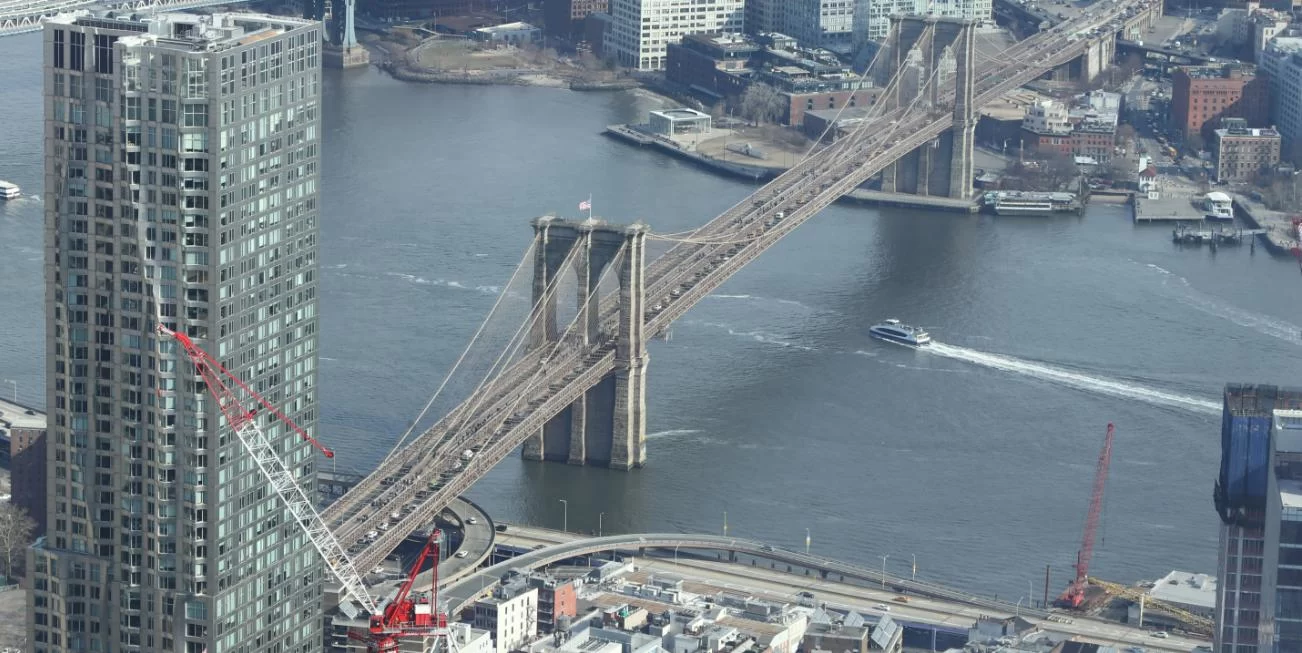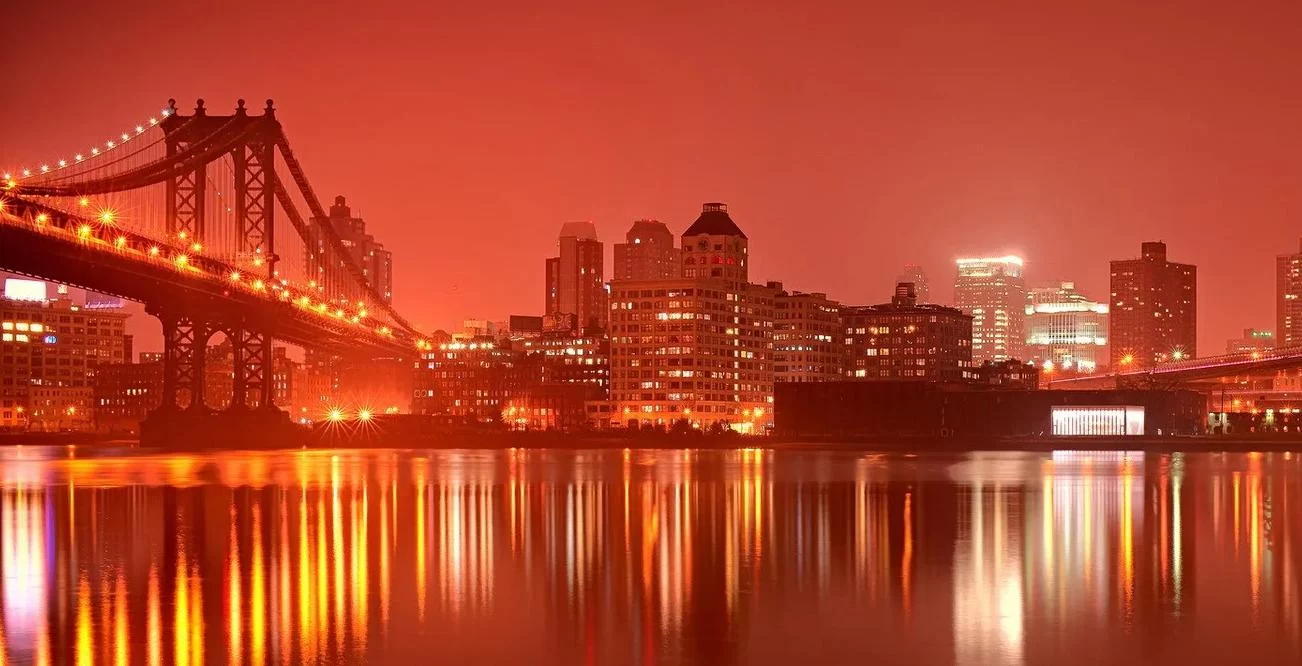ULTRAMODERN WORKSPACES ON BROOKLYN BRIDGE PARK
Latest Posts

The Role of Architects in Creating Pedestrian-Friendly Urban Spaces: Shaping Walkable Cities
Discover how architects play a crucial role in designing pedestrian-friendly urban spaces. Explore their impact on creating walkable cities that prioritize safety, comfort, and accessibility for everyone.
Feb 18, 2025
How Architects Create Space-Efficient Designs for Smaller Homes and Apartments
Discover how architects create space-efficient designs for smaller homes and apartments, optimizing every inch with innovative strategies and smart design principles. Learn how space-saving techniques can transform small spaces.
Feb 18, 2025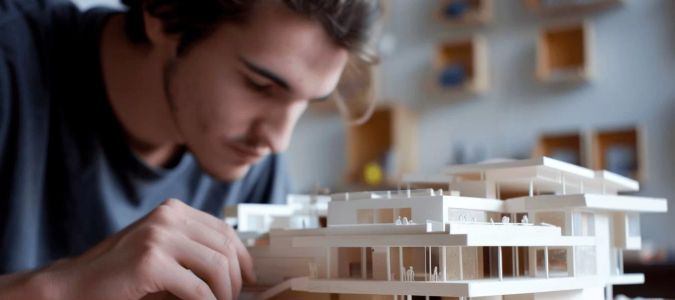
How Architects Use 3D Modeling for Designing Buildings: Revolutionizing Architecture
Discover how architects use 3D modeling for designing buildings, transforming the way architectural designs are created. Learn about the benefits, tools, and future of 3D design in architecture.
Feb 18, 2025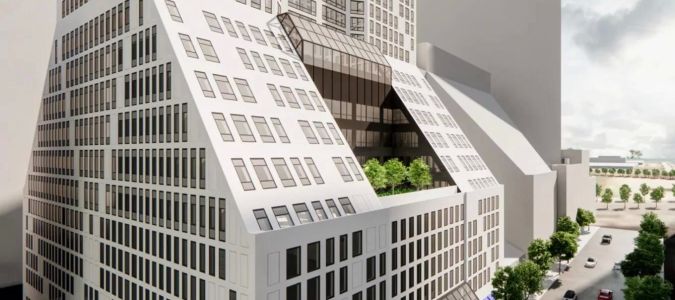
Why Architects Are Essential in the Process of Urban Regeneration
Discover why architects are crucial to the success of urban regeneration. This article explores the vital role they play in transforming cities through innovative design, sustainability, and community-focused development.
Feb 18, 2025
The Role of Architects in Making Cities More Sustainable and Livable
Explore the role of architects in creating sustainable and livable cities. Learn how architects contribute to urban planning, green architecture, and making cities more environmentally friendly and comfortable for residents.
Feb 17, 2025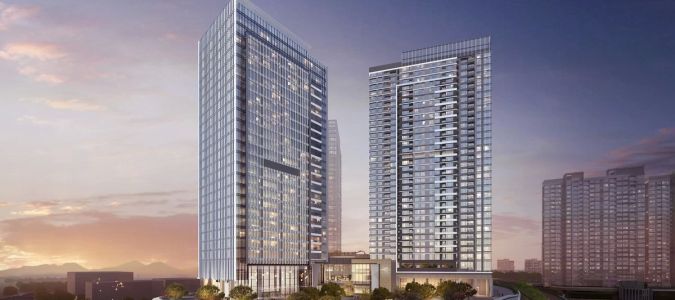
The Role of Architects in Developing Transit-Oriented Developments (TOD)
Explore the critical role architects play in developing transit-oriented developments (TOD). Learn how TOD projects create sustainable, connected urban spaces that enhance mobility and community life.
Feb 17, 2025Block 1, Lot 50, Brooklyn: In 1897, down on the East River, near the foot of the recently completed Brooklyn Bridge, the first brick of the modern borough was laid. That year, John and Charles Arbuckle, a pair of Pennsylvania-born coffee shippers looking to open a sugar refinery, began construction on a grand new structure at 10 Jay Street, where access to shipping vessels and ferry lines was as unobstructed as the views to lower Manhattan. From the beginning, the ten-story building was admired for its roundarched architecture, and for its cutting-edge design: 10 Jay was the first structure in the area with brick curtain walls hung on a sturdy steel frame. By the turn of the century it housed an operation that helped make Brooklyn into the fourth greatest manufacturing center in America—creative, chaotic, clamoring with life.

DUMBO 1908
The area that we now know as DUMBO was the hub of this activity, producing soap and steel wool and shoe lasts, springs and ale and handkerchiefs. By day, thousands of workers streamed through streets paved with Belgian granite blocks , and 10 Jay was the undisputed hub of the hub . By 1910, the refinery employed more than six hundred people, where they ran machines that had been invented by John Arbuckle to fill, weigh, and seal bags of coffee, and were now used with sugar. In 1945, after decades of operation, it finally closed, and most industrial activity in the region abated, but it wasn’t long until the artists moved in, bringing a new kind of ingenuity to DUMBO.

DUMBO TODAY
Today DUMBO’s artistic and industrial energies have merged to create New York’s most forward-looking, electric place to live, work, and play. Sprawling riverfront parks and cultural centers like St. Ann’s Warehouse; state-of-the-art office spaces and light-filled family homes in former factory spaces; woodfired pizza and handcrafted ice cream on the picturesque blocks down below. And 10 Jay is still at the center of it all. Here, the star architect Eran Chen—whose New York–based firm, ODA, aims to turn “reality into art”—has transformed the Arbuckle brothers’ industrial Surrounded by Brooklyn Bridge Park mecca into its twenty-first-century equivalent: a center for invention and productivity, a beacon for the area’s office workers, and a jewel box on one of the city’s waterways.

INTERIORS
Inside 10 Jay, arched Terracotta ceilings rise to over fourteen feet; flexible 23,000 squarefoot floor plans are punctuated by slender brick columns original to the structure; and a gracious lobby of swooping marble forms is lit softly by FLOS designer fixtures. If you cycle to work, whether from Manhattan or Fort Greene, you’ll find a place to store your bike indoors and a suite of locker rooms and showers for freshening up. Corridors and bathrooms are finished by high-gloss black paint, metalmesh paneling, white-painted brick, slatted ceiling panels with a Japanese influence, and advanced LED lighting. All unifies into an icon Vaulted ceilings and exposed brick meet full height glass curtainwall and modern infrastructure of what a workplace should be: welcoming but elegant, historic but modern.
Architects Drectory
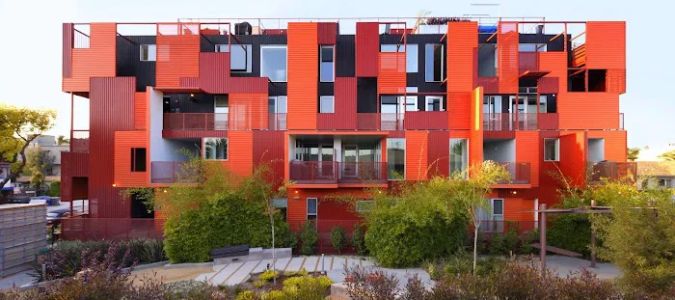
Lorcan O'Herlihy Architects
4106 W Jefferson Blvd, Los Angeles, CA 90016, USA
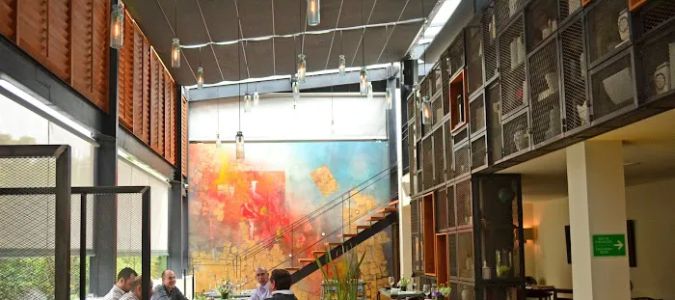
JAGAR ARCHITECTURE
1701 W Pico Blvd, Los Angeles, CA 90015, USA
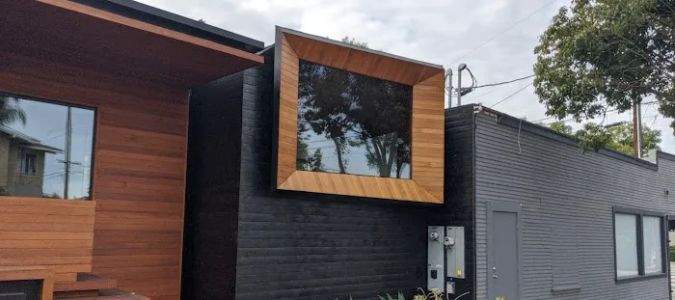
Martin Fenlon Architecture
5526 Monterey Rd, Los Angeles, CA 90042, USA
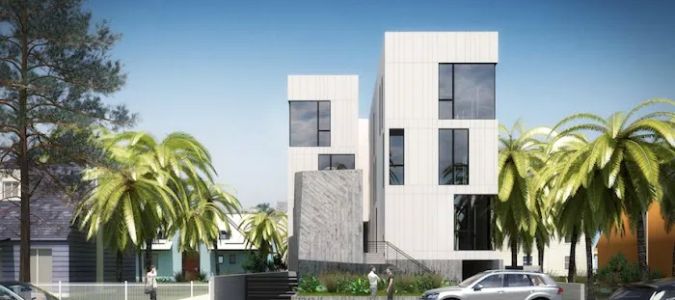
AUX Architecture
910 S Olive St, Los Angeles, CA 90015, USA
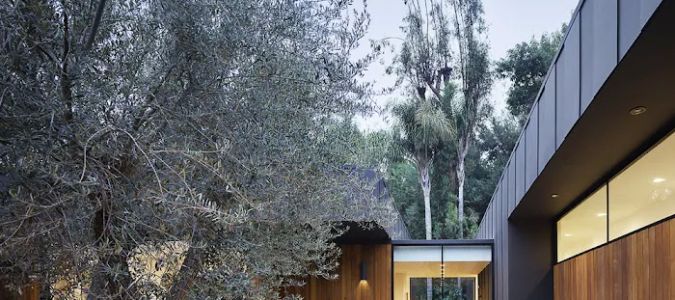
Assembledge+
6255 Sunset Blvd # 920, Los Angeles, CA 90028, USA
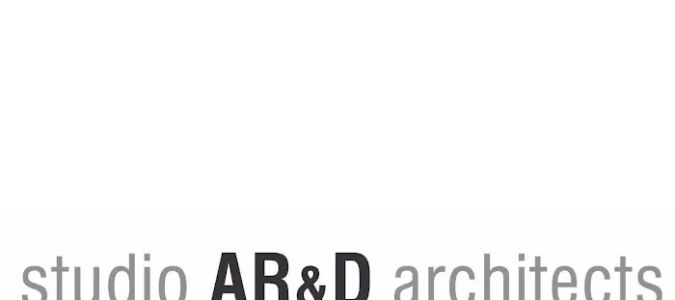
Studio AR&D Architects
424 N Larchmont Blvd, Los Angeles, CA 90004, USA
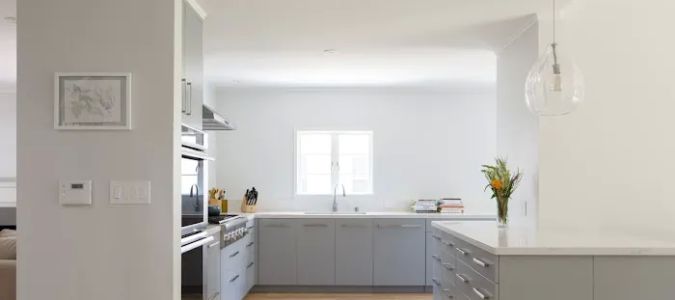
Peter Benoit Architect
3015 Hyperion Ave, Los Angeles, CA 90027, USA
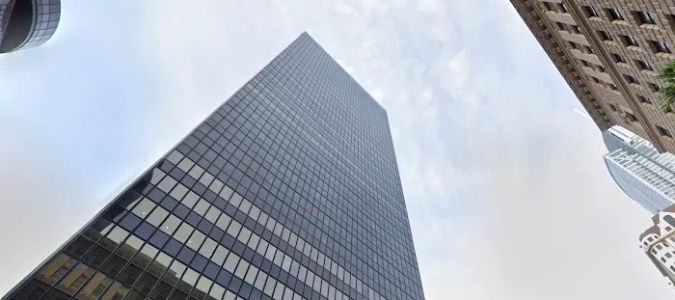
HOLTZ ARCHITECTURE
700 Flower St, Los Angeles, CA 90017, USA
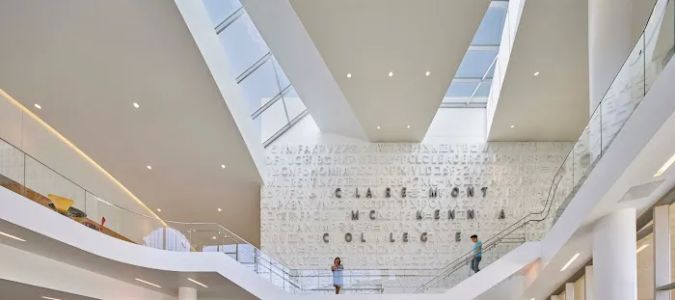
John Friedman Alice Kimm Architects (JFAK)
1461 East 4th St, Los Angeles, CA 90033, USA

